NYPL’s Polonsky Exhibition
By Aya Diab
The New York Public Library is holding a free permanent exhibition where it will showcase some of the “treasures” from its 56 million item collection. The reason for this exhibition is to celebrate the library’s 125 years of collecting and preserving important historical artifacts. The exhibition is meant to showcase 4,000 years of human history, and so it holds a wide variety of items, all divided into their appropriate sections such as “Childhood,” “Beginnings,” “Fortitude” and more.
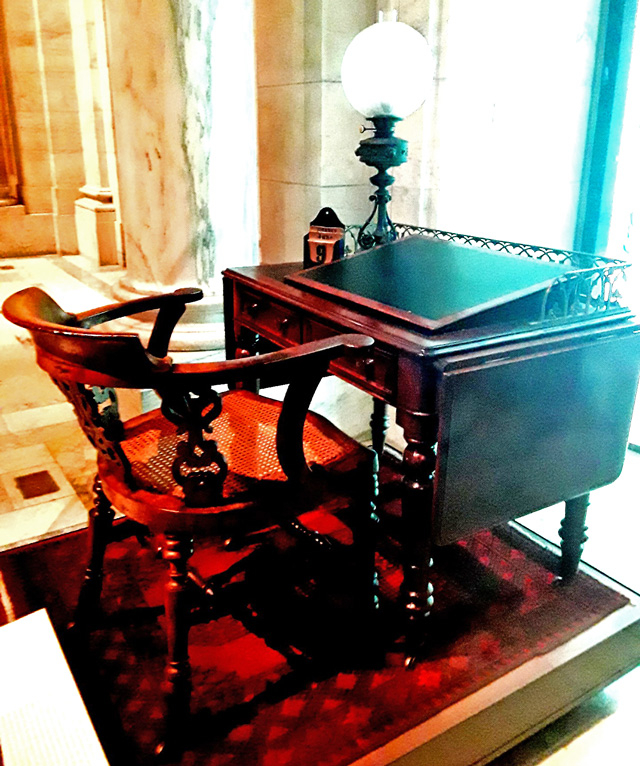
While most of the exhibition is dimly lit, Charles Dickens’ desk coupled with a chair and a writing slope, an angled box, is an exception. Right by a large window, the slope where it is believed Dickens wrote Hard Times and Great Expectations enjoys the sunlight. They located in “The Written World” section of the exhibition.
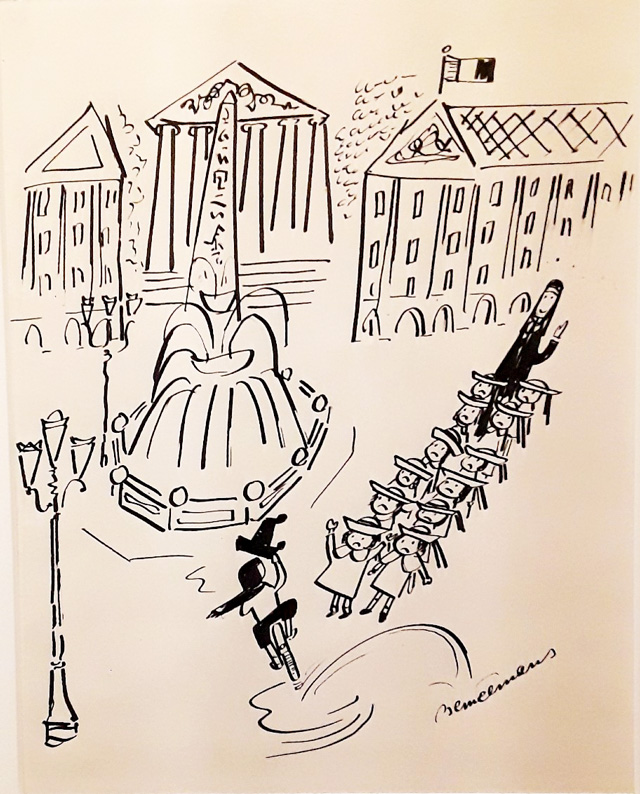
An actual first draft of New Yorker artist Ludwig Bemelmans for his children book Madeline and the Bad Hat. However, this drawing is specifically titled Bad Hat and The Fountain. With the titular character riding her bike and tipping her hat of towards school kids in the streets of Paris. This photo is located in the “Childhood” section of the exhibition.
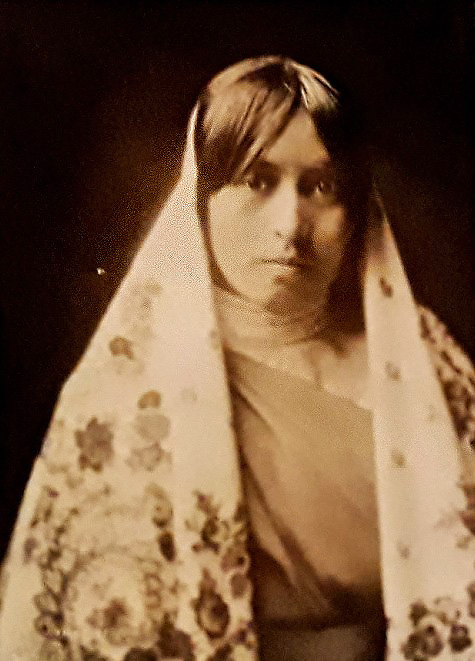
This photo is part of a project that Edward Curtis began in the early 20th century. Curtis wanted to take pictures of someone from every Native American tribe that still existed in order to represent them properly. This photo is located in “The Visual World” section.

A piece of Karl Marx’s notes on his manuscript Capital. A Critique of Political Economy, is located in the “Beginnings” section of the exhibition. In his book Marx continues his arguments on capitalism and its effects on human lives. While the date of his notes are not known, the first volume of this book came out in 1867, volume two and three came out shortly after he died.
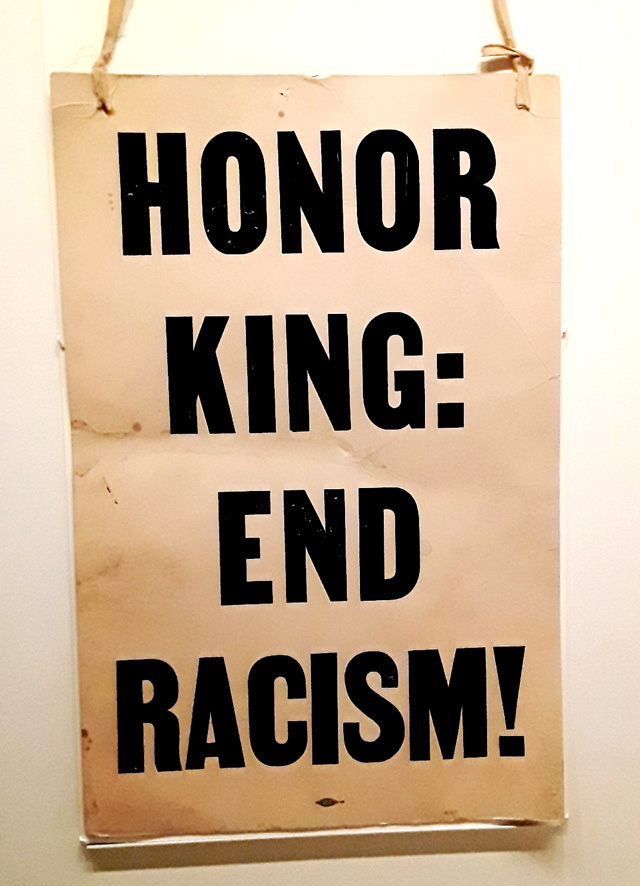
This is a placard that was used for a strike for sanitation workers back in 1968. Martin Luther King Jr. was originally supposed to lead the strike however he was assassinated four days before the march. His wife Coretta lead the strikers instead. This placard is located in the “Fortitude” section in the library, along with many other artifacts that represent America’s past of discrimination, but also its history of resistance and fighting.

In this photo is Lionel Mapleson circa 1900 , who made 100-cylinder recordings of Metropolitan Opera performances, essentially making him one of the pioneers of sound recording. This photo is located in the “Beginning” section.
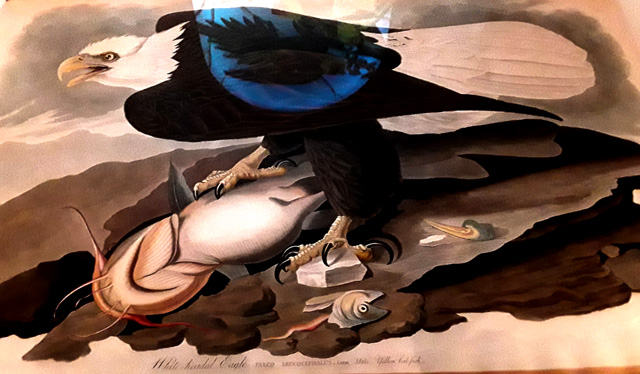
This is a painting by John James Audubon who, in the early 19th century, traveled throughout the United States to record and then paint all the indigenous bird species he could find. It is a rather large painting. Instead of it being hung up, it is laid out on a desk, with a glass case covering it. This is located in the “Explorations” section of the exhibition.
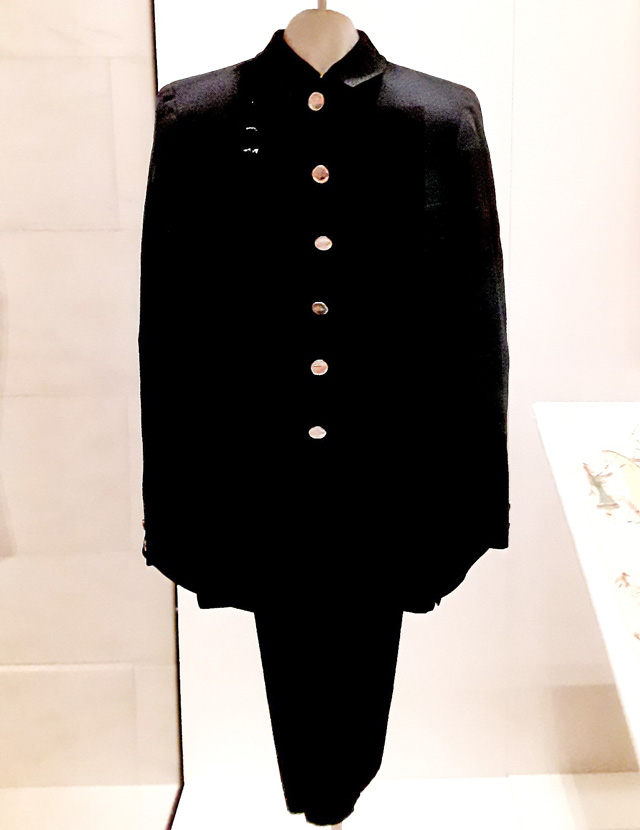
This is a Brothers of Sleeping Car Porters uniform. The Pullman Company which made and operated train cars, was the biggest employer for black men in the 1950’s. It is located in the “Fortitude” section.

This is the Survivors Haggadah produced by Y.D. Sheynzon, who created both the text and border drawings (Miklos Alder is the creator of the seven woodcuts in this text). This text reflects the experience of the Holocaust. The whole text is written in a specific Yiddish vernacular. Under the illustration it states “It is not just one alone who has risen up to destroy us.” This book is located in the “Fortitude” section of the exhibition.
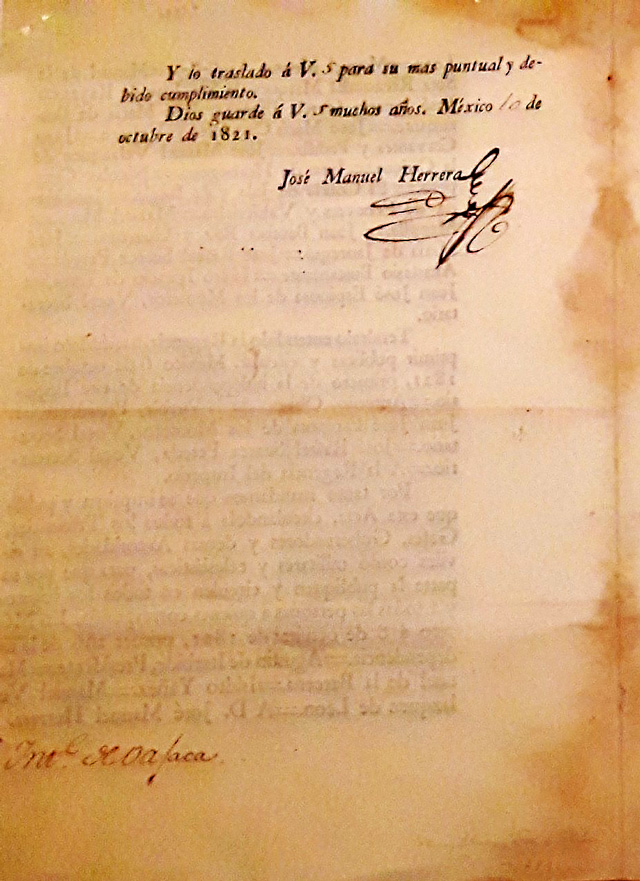
This is the Mexican declaration of independence which was signed by Jose Manuel de Herrera in the year 1821. Herrera had just become the foreign minister of the new government that was beginning to form. The Spanish would no longer rule over Mexico for the first time in 300 years. This is located in the “Beginnings” section.
